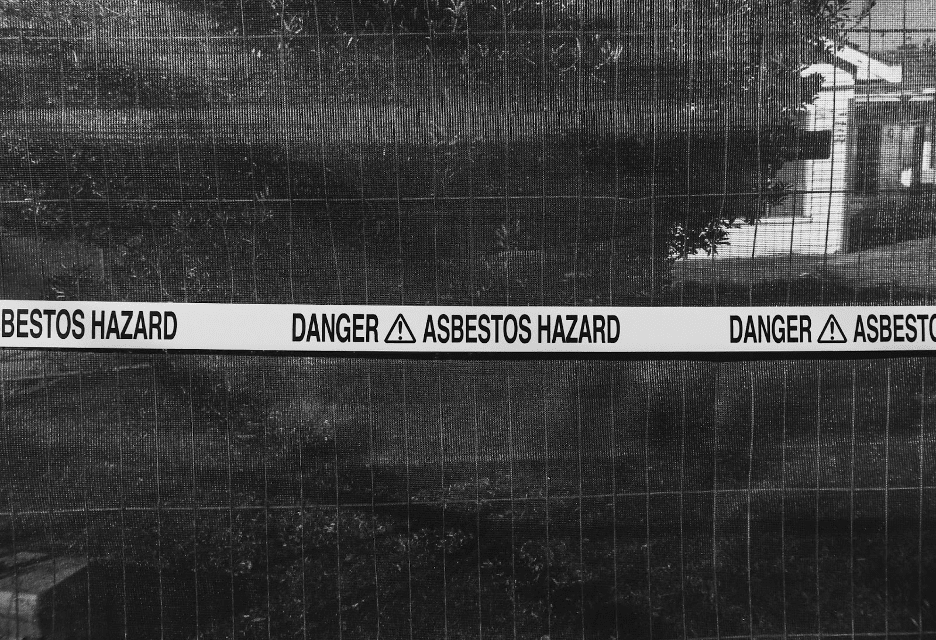Image Credit: Pexels
It’s no wonder that asbestos was utilized so liberally in the past. It’s one of the most durable materials around and is naturally fire resistant, and as such, has been used in everything from boat construction to insulating board for the home.
Unfortunately, that utility comes at a cost. When inhaled, asbestos is extremely dangerous for the lungs, causing a specific type of lung cancer called mesothelioma.
In this article, you’ll gain insight into why asbestos poses such a major health risk, and what to do if you’ve been exposed.
- How Exposure Occurs
The reality is that asbestos is everywhere. It’s actually a naturally occurring rock compound, so everyone breathes in a little bit each year simply by being outside.
What matters is the amount of exposure. Those at risk are typically people who work or have worked in construction, which may have involved cutting large quantities of the material for building, or, more recently, demolishing buildings that contain the product in high amounts and in various forms. Asbestos is also commonly found in shipyards and automotive repair (it was used in car brake pads for a long time, for example).
Working in the above fields still carries risk even though the material has been banned in most parts of the world since the late 1980s and 1990s, because it hasn’t been removed everywhere.
- The Associated Health Risks
As mentioned briefly above, mesothelioma is the main concern when considering asbestos exposure, which is a type of cancer that predominantly affects the lining of the lungs due to fibers getting stuck there. On top of that, there’s the condition known as asbestosis, which causes reduced breathing capacity because the lungs have been repeatedly scarred.
Symptoms of these disorders usually don’t crop up for many years (often decades) after the initial exposure.
It’s also important to know that there are different types of asbestos. The blue and brown types are considered the most dangerous, though white types are still dangerous as well. Blue and brown were banned earlier, while white asbestos was still used up until the late 1990s in some places.
- Seeking Legal Guidance After Exposure
Being exposed to asbestos doesn’t mean you’ll develop the conditions above, as it usually requires a lot of exposure to cause cancer or asbestosis. Those most at risk are workers who were cutting the raw material on a daily basis back when it was readily used.
That said, if you feel you’ve been exposed through your work, it’s important to consult a lawyer who specializes in asbestos. Someone like Frost Law Firm, PC, would be a great bet, for example, as they’ve been working with those who suffer from mesothelioma for many years, helping them get the compensation they deserve.
While asbestos will never be used again in modern industries, there’s still a major problem with what still exists in older buildings. It’s essential to stay vigilant if you work in one of the industries discussed above, and seek professional help if you think you might have been exposed.









